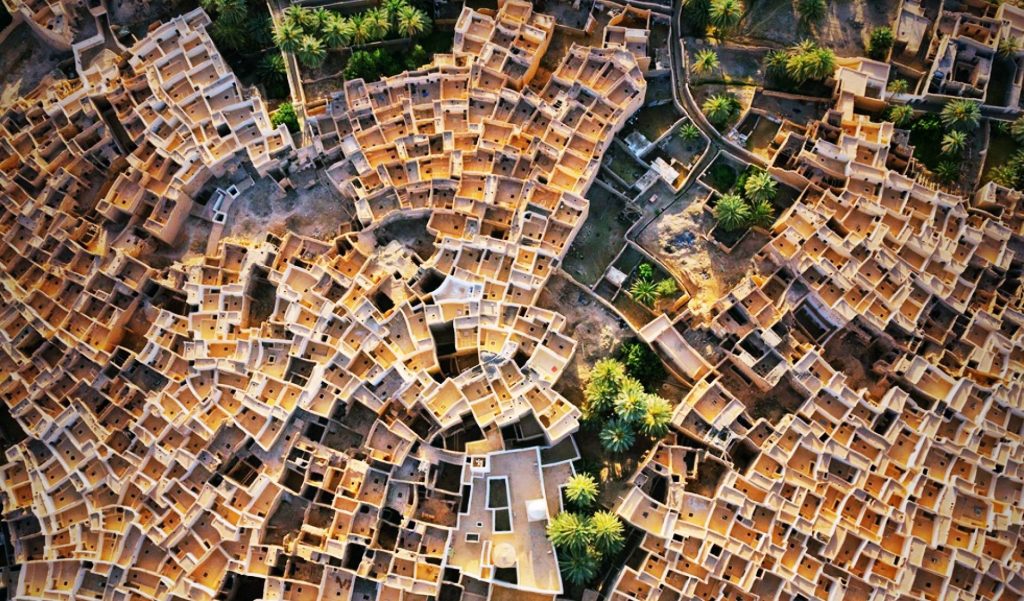Five Top Museums in Libya
Libya is a country rich in history and there is no better way than exploring a piece of this country’s past than heading to some of the many museums. Each museum offers a unique taste of the history of the area with artefact’s, statues and tombs available for you to see.
Apollonia Museum
Apollonia Museum also known as Susa Museum is located in the ancient seaport Apollonia in Cyrene. The museum is home to a selection of historic artefact’s from sculptures to household items and ceramics. You can really soak up the history of the area at this superior museum and it should not be crossed off your to do list when visiting Apollonia.

Red Castle Museum
The Red Castle Museum is located in the bustling city of Tripoli. This museum has four main wings each one dedicated to a piece of the country’s past from the natural history wing and pre-history wing to the traditions wing and tribes wing. There is also a People Era’s Wing which was added later as a tribute to Libya’s struggle for independence.
This museum has 47 galleries and 4 floors which is a remarkable attribute of this museum. This museum can either be a rapid run-through or a pleasurable trip. One remarkable thing about this museum is that all the substances which are tagged in this museum bear the Arabic language.
The floor level of this museum displays a swift voyage through numerous periods. One can notice the chronological events from 300,000 years ago to young Gadhafi. This museum possesses beautiful rock sculptures and earthen wares up to 1000 years old and these sculptures belong to primitive time.
One of the most prominent exhibits is the incredible catacomb from Ghirza. This state got autonomy from Rome but the persuasion of Rome can be seen in the culture of this city. The gallery 6 of this museum represents Phoenician ethnicity and this arcade is fairly fascinating because this symbolizes the significance of this era. The Roman gallery of this museum is perhaps one of the most interesting galleries. This gallery is subjugated by stupendous status and much of the material of this site has been taken from Leptis Magna. In this site, Oea and Sabratha are also embodied, which is also a remarkable feature of this gallery.
The first floor of this museum represents the conversion from Romans through Christianity. The second floor of this museum displays Islamic ethnicity and third floor is also prominent for some reasons, though the first floor of this museum is the most significant of all floors. The third floor of this museum is quite distinguished for showing daily chores and scenes of the Turkish kitchen. Relics of Libyan populace can also be seen.
The fourth floor of this museum is illustrious for displaying Libyan chronology and the gallery of this floor shows the images of Gadahfi. The last 9 galleries of this museum are committed to natural history and show the indescribable animal life of Libya.
The beauty of this museum is still waiting for the tourists as this museum is a living example of the spontaneous beauty. One of the greatest characteristics of this museum is that this museum has galleries all of which are made for a special purpose. The gallery of Rome is probably one of the most enchanting galleries which has Leptis Magna, Oea and Sabratha. There are different floors in this museum and all these floors are distinguished for diverse reasons.
Such ancient beauty will mesmerize the travelers.

Leptis Magna Archaeological Museum
The archaeological museum in Leptis Magna is filled with Berber, Punic, Roman and Phoenician artefact’s. It is here where you can see the statues, pottery, jewelry and stunning metal work from these ancient times taking you back in time and enabling you to see how they lived all those centuries ago.

Ghadames Museum
The Ghadames museum is dedicated to the Libyan Berber history from the stone tools they used to use to the fantastic and interesting crafts. There are several wings to this museum with outstanding exhibitions that can take you back in time.

Janzur Museum
Janzur is found just west of Tripoli and the museum showcases a host of fantastic artefact’s dating back to the first to fourth centuries. Many parts of the museum are built around the original Punic tombs where most of the artefact’s were discovered. A true exploration experience for anyone heading to this area and looking to soak up some history of the country’s past.


